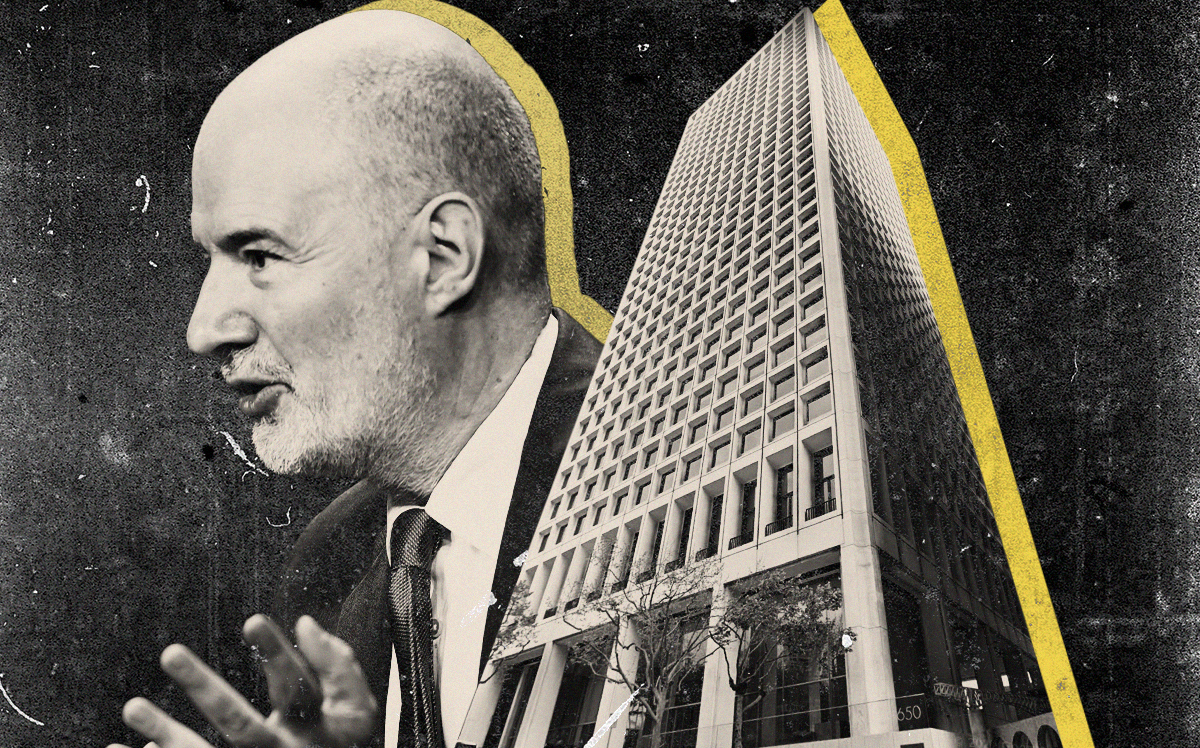
Trending
CRE debt problem to get worse through 2027
Morgan Stanley report flags $1.5T due in next three years

If 2023 looks shaky for commercial real estate loans, just wait until next year — and the three after that.
The debt problem in commercial real estate is poised to get worse before it gets better, Bloomberg reported, citing an analysis by Morgan Stanley.
The report found nearly $1.5 trillion in debt is coming due by the end of 2025 and that maturities will climb for the next four years. At their peak in 2027, $550 billion comes due in the sector.
An increase in debt maturities is not always problematic, but it is when interest rates have spiked, office values are in the midst of a historic decline and regional banks are retrenching.
The analysts wrote that “refinancing risks are front and center,” increasing the challenge for landlords to replace loans that mature. Morgan Stanley estimates office and retail valuations could drop by 40 percent from peak to trough, which could send defaults skyrocketing.
Compounding the problem is the position of regional banks, long a lifeline to the commercial real estate ecosystem. Banks own more than half of agency commercial mortgage-backed securities. But many are reconsidering their exposure following the runs that decimated Silicon Valley Bank and Signature Bank.
“Commercial real estate needs to re-price and alternative ways to refinance the debt are needed,” the analysts wrote. Lenders are already bracing for more bad real estate loans, increasing the reserves they set aside for uncollectible debt.
Read more


Distress has already surfaced. PIMCO defaulted on $1.7 billion worth of loans tied to seven buildings across the country, one of the largest office defaults since the pandemic began. In Los Angeles, Brookfield walked away from $784 million in loans connected to trophy office towers.
If there’s one bright spot for commercial real estate, it’s the multifamily market. Sentiment toward apartment buildings remains positive as renters stay in the market rather than pursue homeownership, which has become vastly more expensive in the past three years.
— Holden Walter-Warner




